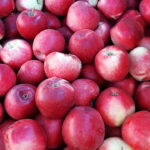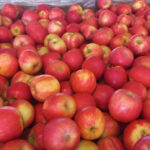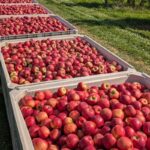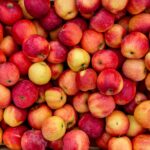Agronometrics in Charts: Honeycrisp apple prices spike

In this installment of the ‘In Charts' series, Cristian Crespo of Agronometrics illustrates how the U.S. market is evolving. Each week the series looks at a different horticultural commodity, focusing on a specific origin or topic visualizing the market factors that are driving change.
At the start of the year, we asked whether Honeycrisp apples' reign was over in the U.S. market.
This week, however, we're going to look at how over recent months the variety has been able to maintain a significantly higher average price than others, and in the past few weeks it has shot up even further, fetching a massive US$3.72 per kilo, compared to a market average of US$1.54 per kilo.
Apple prices (USD/KG) in the U.S. market
(Source: USDA Market News via Agronometrics. Agronometrics users can view this chart with live updates here)
In terms of historical prices for Honeycrisp, in the graph below we can see how the variety has generally been fetching lower prices in 2020 compared to 2019. In addition, in both years the start of the season - around August and September - has coincided with a boost in prices. That said, they currently remain below last year's levels.
Historical prices of Honeycrisp apples (USD/KG) in the U.S. market
(Source: USDA Market News via Agronometrics. Agronometrics users can view this chart with live updates here)
There are many factors that may account for the lower prices this year, including the Covid-19 pandemic and the introduction of newer varieties like Cosmic Crisp.
In our ‘In Charts’ series, we work to tell some of the stories that are moving the industry. Feel free to take a look at the other articles by clicking here.
You can keep track of the markets daily through Agronometrics, a data visualization tool built to help the industry make sense of the huge amounts of data that professionals need to access to make informed decisions. If you found the information and the charts from this article useful, feel free to visit us at www.agronometrics.com where you can easily access these same graphs, or explore the other 20 fruits we currently track.
















































